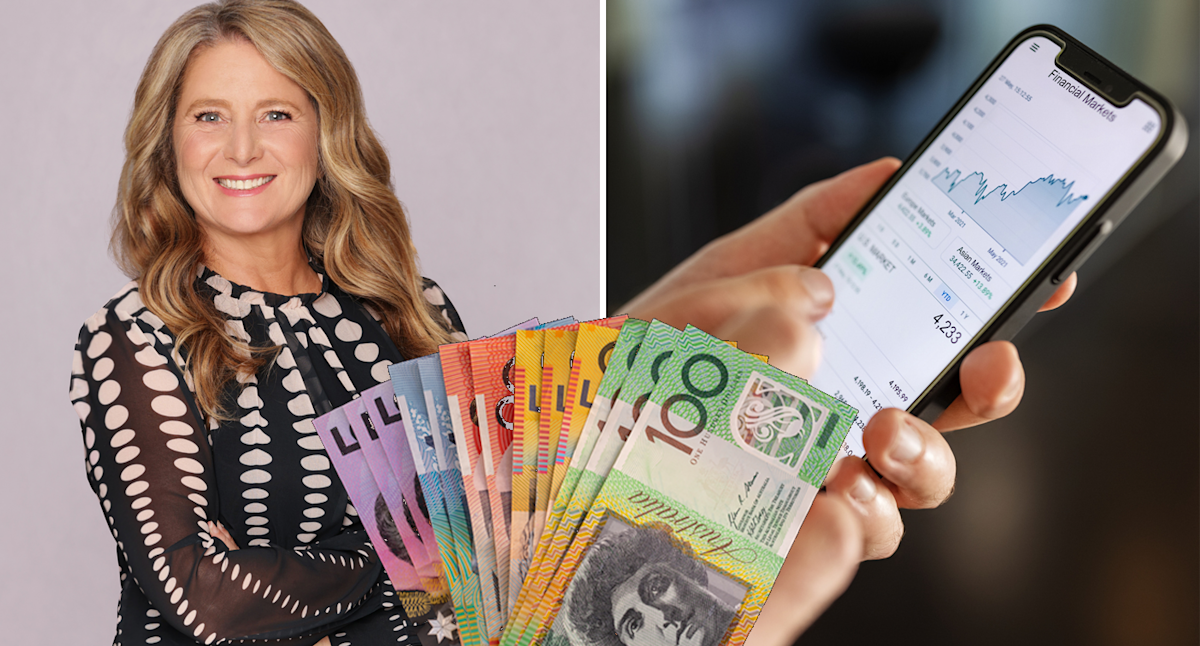Helen Baker is a licensed Australian financial adviser and author of the new book, Money For Life: How to build financial security from firm foundations. (Source: Supplied/Getty)
With savings accounts currently offering around 4.5 per cent interest, while investments historically averaging returns around 10+ per cent, it’s easy to see why investing trumps saving. And you can start with as little as a handful of change.
‘Microinvesting’, as it’s known, involves investing with small sums of money. It is popular with young people and those on lower incomes. Others have never invested before and want to start small before progressing onto bigger things. Banks and a swathe of specialist apps now allow microinvestors to take that step. To get started on your own microinvesting journey, ask yourself these questions:
What is my goal?
Knowing what your goal is will help you determine whether microinvesting is really for you, how to go about it and how long your money is invested. If you’re a novice investor and your goal is to dip your toe in, bingo! This could be a great way to build your confidence and test your strategy. However if, for example, you’re saving up that first home deposit, the First Home Super Saver (FHSS) scheme may be a better – and more tax effective – option.
What is my budget?
“Micro” means different things to different people. You may be starting with $5, $50, $500, $5,000 or more. It’s important to set a sustainable budget, no matter the size of your investment. Never invest more than you can afford to lose. And don’t kick off your microinvesting journey by pushing yourself into debt. In fact, a better investment is usually to wipe out your debts first.
Which platform will I use?
Choose your platform wisely, as they are not all the same. Differences include:
Costs and fee structures (fixed fees or per trade)
Services and usage restrictions
Investments offered
Minimum investment amounts
User interface (you may find one easier to use than others)
Go for a reputable and licenced app. Comparison sites like Canstar and Finder allow you to compare reviews and ratings for different apps before signing up. However, don’t spend so much time trying to find “the best” platform that you don’t actually make a start.
What will I invest in?
What you invest in will be heavily influenced by what we call your “risk appetite”. You could choose shares (for as little as 65 cents each on the ASX), managed investment funds known as Exchange Traded Funds (ETFs), Real Estate Investment Trusts (REITs), bonds, or commodities (like gold). Often, lower risk investments deliver the lowest returns – like cash in a savings account. Meanwhile people choose higher risk investments as a calculated risk that they will generate higher returns. Your values will also come into play. Some people choose ethical investments that do good for people and/or planet, or specifically avoid particular industries.
